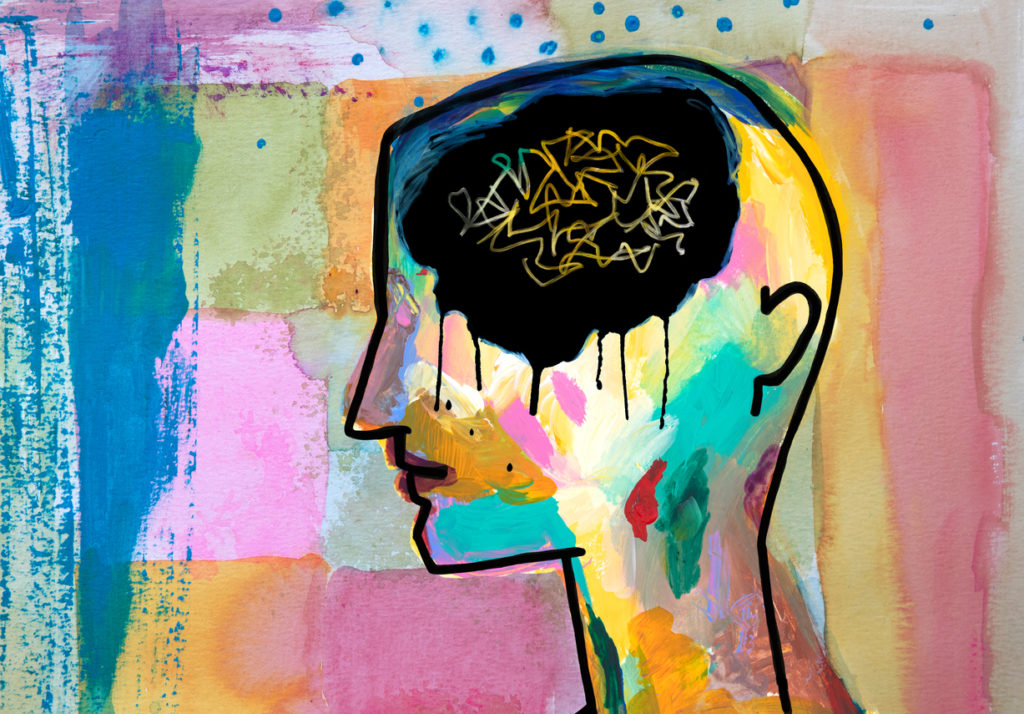Professor Ingrid Scheffer provides an overview on Dravet’s Syndrome, or severe myoclonic epilepsy in infancy.
Hello, I’m Professor Ingrid Scheffer, professor of paediatric neurology research at the University of Melbourne Department of Medicine and Paediatrics, and I’m a paediatric neurologist at Austin Health and the Royal Children’s Hospital in Melbourne, Victoria. I joined the Editorial Advisory Board of the Virtual Neuro Centre two years ago. Today, I would like to share with you my insights into Dravet syndrome, which is a severe childhood epilepsy syndrome.
Dravet syndrome is also known as severe myoclonic epilepsy of infancy, and it is an increasingly recognised syndrome beginning in the first year of life. This syndrome typically begins with febrile seizures at around six months of age. These seizures are often prolonged, which is called status epilepticus, and can involve twitching of half the body or the whole body and become generalised. The baby usually has a fever. The baby goes on to have frequent convulsive seizures over the next six months.
Between one and four years of age, the baby develops other types of seizures. Many will develop little jerks where they suddenly jerk, and this is called a myoclonic seizure. This is usually present by four years of age, but not all children with Dravet syndrome have these jerks. Children also develop partial seizures. These begin with an aura, where the child knows that the seizure is coming on and then starts to stare and often becomes pale and loses awareness. The staring attacks last a couple of minutes. Sometimes children with Dravet syndrome have drop attacks where they suddenly crash to the ground without warning, and then they also have much briefer staring spells called absence seizures. Seizures are often triggered by a high temperature, and that can occur in a warm bath or when the child has a fever.
The other important part of Dravet syndrome is the developmental course of this disorder. These babies have normal development in the first year of life. Then their development slows, and sometimes they even lose skills after about one or two years of age. They may become more unsteady with their walking.
Their EEG or brain-wave tracing is surprisingly unhelpful in the first year of life despite the baby having lots of seizures. After about two years of age, the baby develops the characteristic feature on the EEG of generalised spike wave activity. Some of these babies are photosensitive, which means that the spike wave activity is triggered by flashing lights. This can be seen clinically sometimes when the child looks at the TV screen, or when they’re driving down the street and the sun is flashing through the trees. The MRI scan in Dravet syndrome is usually normal.
Children with Dravet syndrome often have a poor outcome in terms of intellect. But as Dravet syndrome is becoming increasingly recognised, we’re beginning to see that some children actually fare better.
The greatest progress in Dravet syndrome in the last six years has been in establishing the cause of this severe disorder, which has been shown to have a genetic basis. Approximately 70% of children with classical Dravet syndrome have a mutation or abnormality of the gene SCN1a. This gene encodes the alpha-1 subunit of the sodium channel which is one of the gateways into the cells that make up our body. There are different types of mutations or abnormalities of this gene that can cause Dravet syndrome. Most of the children with these mutations are found to have these mutations arising newly in that child, and that means that their parents do not carry the mutation. In around 5% of cases the mutation is inherited, and their parents usually have much milder seizure disorders – they may have no seizures at all or they may have just had febrile seizures. So in children with familial mutations, the mutation is usually part of a number of different genes contributing to Dravet syndrome in that particular child. In most children the Dravet syndrome is due to just a new mutation in SCN1a alone.
Thank you for your interest.
All content and media on the HealthEngine Blog is created and published online for informational purposes only. It is not intended to be a substitute for professional medical advice and should not be relied on as health or personal advice. Always seek the guidance of your doctor or other qualified health professional with any questions you may have regarding your health or a medical condition. Never disregard the advice of a medical professional, or delay in seeking it because of something you have read on this Website. If you think you may have a medical emergency, call your doctor, go to the nearest hospital emergency department, or call the emergency services immediately.







